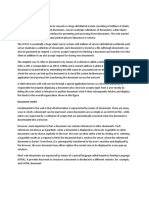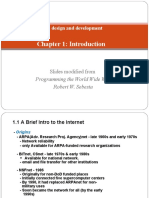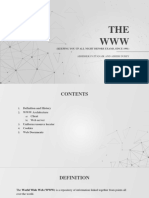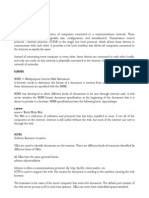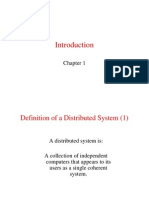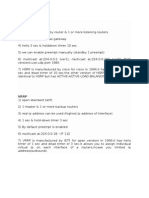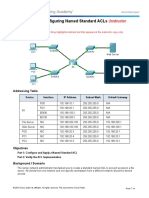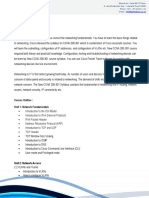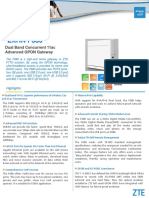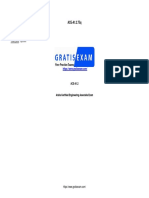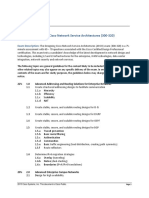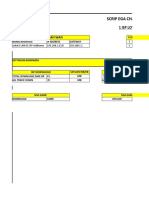0% found this document useful (0 votes)
2K views38 pagesDistributed Document-Based Systems
The document describes the basic architecture and components of the World Wide Web. It discusses HTML documents, XML definitions for documents, document types, HTTP connections, messages and methods. It also covers web clients, servers, server clusters, uniform resource locators, web proxies, server replication, security, and the Lotus Notes document management system.
Uploaded by
Marvin NjengaCopyright
© Attribution Non-Commercial (BY-NC)
We take content rights seriously. If you suspect this is your content, claim it here.
Available Formats
Download as PPT, PDF, TXT or read online on Scribd
0% found this document useful (0 votes)
2K views38 pagesDistributed Document-Based Systems
The document describes the basic architecture and components of the World Wide Web. It discusses HTML documents, XML definitions for documents, document types, HTTP connections, messages and methods. It also covers web clients, servers, server clusters, uniform resource locators, web proxies, server replication, security, and the Lotus Notes document management system.
Uploaded by
Marvin NjengaCopyright
© Attribution Non-Commercial (BY-NC)
We take content rights seriously. If you suspect this is your content, claim it here.
Available Formats
Download as PPT, PDF, TXT or read online on Scribd
/ 38












